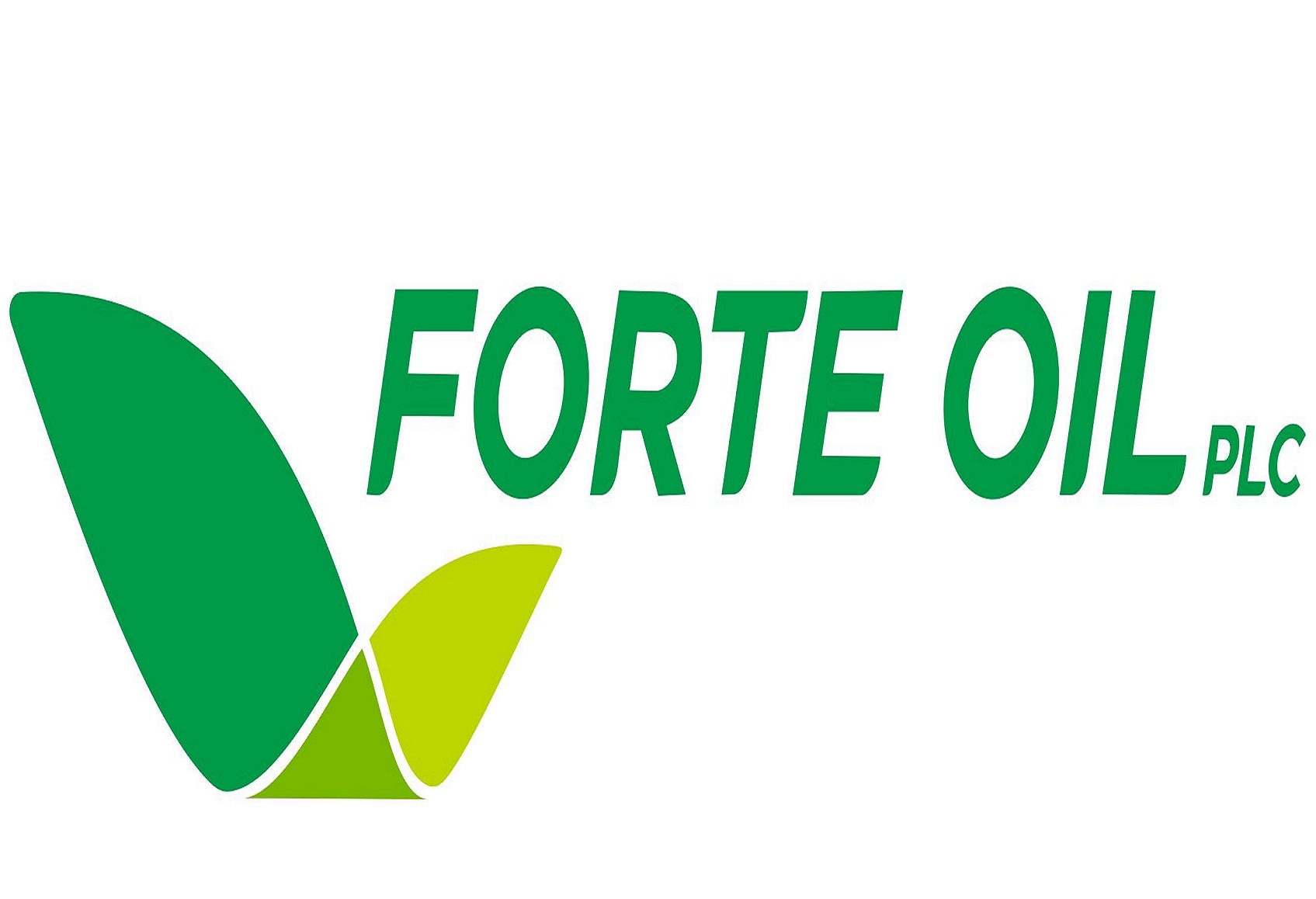Markets
Forte Oil Plc: Investors in Frosty Step up
Published
8 years agoon

- Forte Oil Plc: Investors in Frosty Step up
Investors in the Nigerian Stock Exchange, NSE, last week, took some frosty steps towards the stock of one of Nigeria’s leading indigenous oil sector conglomerates, Forte Oil Plc (FO), moving the share price by 15.72 per cent in just two consecutive trading dates, the fastest since the company’s last results announcement, first quarter 2017 (Q1’17).
However, it remains to be seen how far they can go this week in sustaining their bull run, as it closed flat last Friday, just a day after the two-day push.
The investors have been, rather faint-hearted over the company’s Q1’17 results on the back of persisting pressures from the operating environment.
Consequently, a near price stagnation and some reversal of gains have been recorded since mid last month until last week’s short-lived bull stunt.
Stockbrokers believe the push last week was a fall out of the pervading band wagon effect of the general bullish trend that hit the market three weeks ago on the heels of many impressive corporate results announcement and the general expectation that economic rebound was around the corner.
But same brokers are also foreseeing profit taking reversing the capital gains in most of the stocks any moment from this week and this may also effect FO it it moves further up, judging from its fundamentals.
Indeed some investment analysts reversed their target price (TP) for FO stock based on both the sector outlook and the company’s result.
Q1’17 Performance Review
Forte Oil Plc (FO), one of the Nigeria’s leading indigenous oil sector conglomerates, reported a 7.0% year-on-year (YoY) decline in its first quarter 2017 (Q1’17) turnover to N33.0 billion at the backdrop of a significant sales decline in its cash cow product line, premium motor spirit (petrol) division.
However, the company recorded a strong revenue growth in the Power (+119% YoY) and Lubricant (+50% YoY) segments against Q1’16 records of 21% and 30% respectively.
It is believed the Power and Lubricant segments’ performance was buoyed by stronger pricing in the divisions.
Consequently the increased contributions from the higher margin businesses, beefed up gross margin for the period to 17% from 13% in Q1’16.
The company’s earnings also got a boost from conservative OPEX headings with the impact of the improvement in gross margin further strengthened by a sizable improvement in operating expenses as Earnings Before Interest and Tax (EBIT) margin rose to 9.5% as against Q1’16 position of 6.8%; and FY’16 position of 6.3%).
OPEX to Sales ratio was down to 8.0% (Q1’16: 8.3%; FY’16: 8.5%) on the back of a sizable reduction in freight costs (-45%).
Although the company’s operating performance was quite impressive especially in light of the tough operating environment, Q1’17 bottom line received an additional boost from a lower effective tax rate of 8.1% as against Q1’16 and FY’16 rates of 26.7% and 45.9% respectively. Consequently, the company reported an after-tax profit of N1.8 billion in Q1’17 – 98% YoY growth.
2017 Outlook still hazy
2016 had been a mixed bag of fortune for the petroleum marketing sector as retail price mark up earlier in the year heralded opportunity for bottom-line growth. But this came at the backdrop of a pressured purchasing power forcing down general demand while impacting volume of sales in the petroleum products adversely.
This situation was further compounded by the Naira devaluation along with foreign exchange supply constraint, a development which effectively knocked out the ability of oil marketers to import and sale their products. The situation was also compounded by the perennial indebtedness of government to the marketers on the outstanding subsidy claims which compounded the debt burdens of the marketers to their bankers. FO operated under this industry challenges last year.
Though some analysts see industry dynamics likely to be different this year given the central bank’s increased ability and willingness to provide forex, concerns regarding the current pricing template exist. Whilst the government is not expected to increase pump price some stakeholders in the template are demanding increased margin. At least the logistics group has gotten away with a promise to effect such without concomitant increase in pump price. Consequently, the federal government will persist with its modulated pricing mechanism for as long as it is possible. If this is not sorted out participation of FO and other marketers in importation of products may still be restricted through the year.
Some analysts believe that since local refining capacity remains lackluster increased competition and lower unit volume sales would continue.
In addition, diesel, kerosene and aviation fuel prices have somewhat moderated relative to the last quarter. This, analysts believe, would lead to a significant drop in revenue from FO’s petroleum division to N100.1 billion for full year 2017 (FY’17).
Power segment to remain up-beat
Power segment to benefit from overhaul, improved gas supply and recent reforms.
A reasonable level of stability has returned to the gas supply and consequently power generation sector at the backdrop of the overhauled and increased facility capacity run by FO Power.
Consequently, the Management has set a capacity utilisation target of 70-85%. Some analysts see revenue from the power division skyrocketing to N23.7 billion with the sector’s contribution to overall revenues rising to 16% from 9% in FY’16.
But it is not yet clear how Settlement issues would be resolved this year though Federal Government appears to be intervening in the power sector liquidity crises. Outstanding debt for 2016 was estimated at N7.7 billion as distribution companies (Discos) settled only N2.7 billion from a total invoice of N10.4 billion. It is only hoped that the Power Assurance Guarantee should address this situation when it eventually kicks off.
Chemicals, lubricant segment still challenged
Some analysts had hoped that with a sustained uptick in crude oil prices, activities would pick up in the upstream sector where FO chemical business is hinged. But this has not yet happened, five months into the year and season of oil price uptick.
The Exploration & Production companies are believed to be frosty-footed on capital expenditure and E&P due to equally frosty outlook of the implementation of the country’s new energy policy initiatives.
But FO’s management, according to the observers, is believed to be on the pursuit of opportunities with new and existing clients. However, due to the many uncertainties it is estimated that a 25% drop in revenue may be recorded from its Production Chemicals division to N1.9 billion during the year.
Meanwhile the lubricant business segment is expected to continue to benefit from the Naira devaluation which curbed imports from Asia and allowed local producers to increase prices and run on better margin. Therefore, over 30% rise in revenue from this segment is expected in the year.
Analysts’ Projections and Valuation
Against the backdrop of a mixed operating environment analysts at Cardinal Stone Partners Limited, a Lagos based investment house, has this to say concerning the outlook for FO in 2017: “We expect aggregate revenue to remain flat with the anticipated rise in revenue from the Power and Lubricant divisions just sufficient enough to stem the weakness in contributions from the Fuel and Production Chemicals division. We therefore project a 5% YoY drop in revenue to N141.2 billion.
“Production costs as a percentage of sales dropped to 82% from 87% in Q1’16 and barring any material devaluation, we expect gross margin to improve to 18% from 14% in FY’16.
“Net finance costs should rise by 35% to N5.8 billion and could increase further if the company is able to raise the additional tranches of its N50 billion bond issuance program within the year. We think new capital raising requirements may be on the horizon.
“The Nigerian Electricity Regulatory Commission (NERC), is set to release a minimum recapitalization level required to be met by core investors in the power sector. Details are sketchy but investors that fail to meet this criterion will need to shore up the capital base with debt or equity contributions.
“We project a 129% rise in net profit to N6.6 billion. We have revised our target price to N110.17 (Previous: N202.87) due to the impact of a reduction in aggregate revenue and earnings growth over our five-year forecast horizon.”
Is the CEO and Founder of Investors King Limited. He is a seasoned foreign exchange research analyst and a published author on Yahoo Finance, Business Insider, Nasdaq, Entrepreneur.com, Investorplace, and other prominent platforms. With over two decades of experience in global financial markets, Olukoya is well-recognized in the industry.

You may like
-
Nigeria’s GDP Records 3.46% Growth in Q3 Spurred by Non-Oil Sector
-
President Tinubu Presents N47.9trn 2025 Budget As Debt Servicing, Security, Infrastructure Take Lion Shares
-
I’m Not Nigeria’s PR, UK Party Leader, Kemi Badenoch, Tells Shettima
-
Nigeria and France Forge Strategic Alliance to Boost Solid Minerals Sector
-
Zhongshang Fucheng Moves to Auction Nigerian Properties in UK Following $70M Arbitration Award
-
Nigerians and Indians Lead UK Job Market Growth Amid Post-Brexit Migration Shifts















